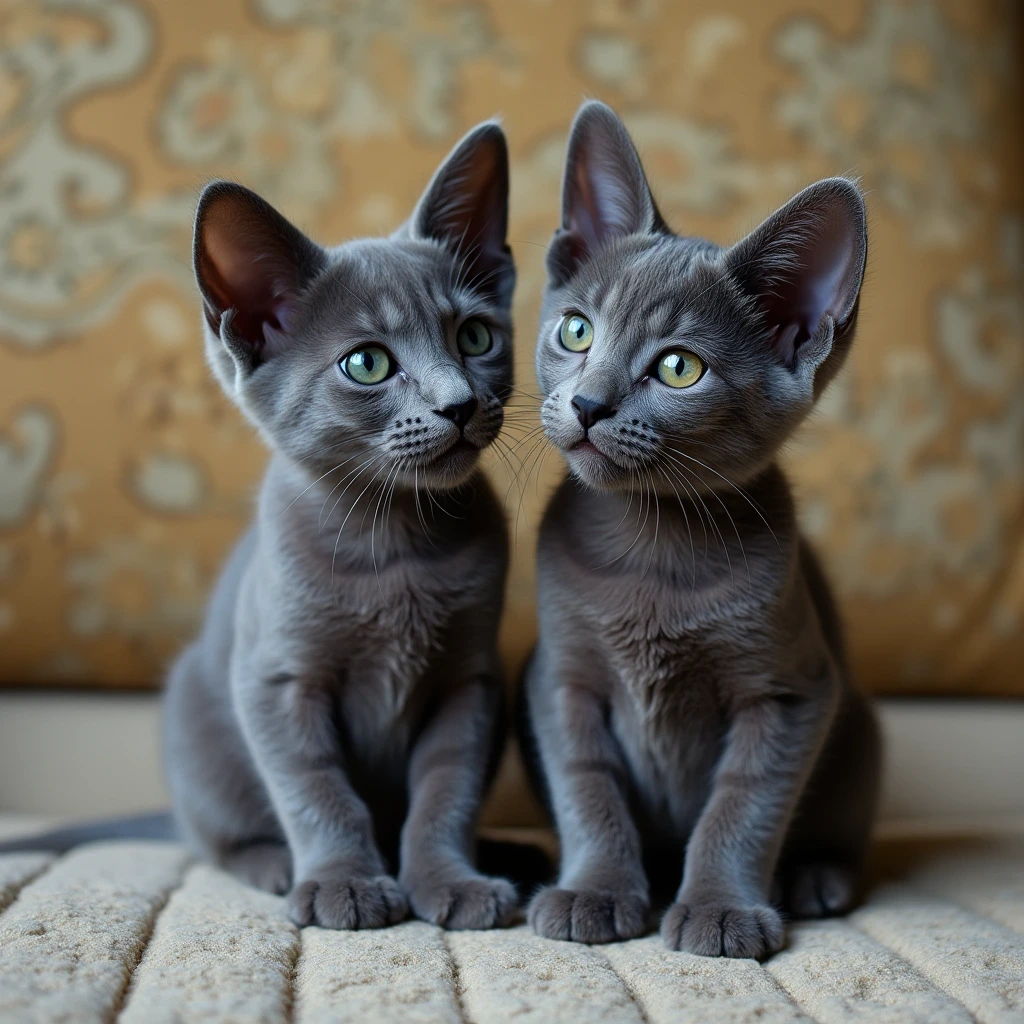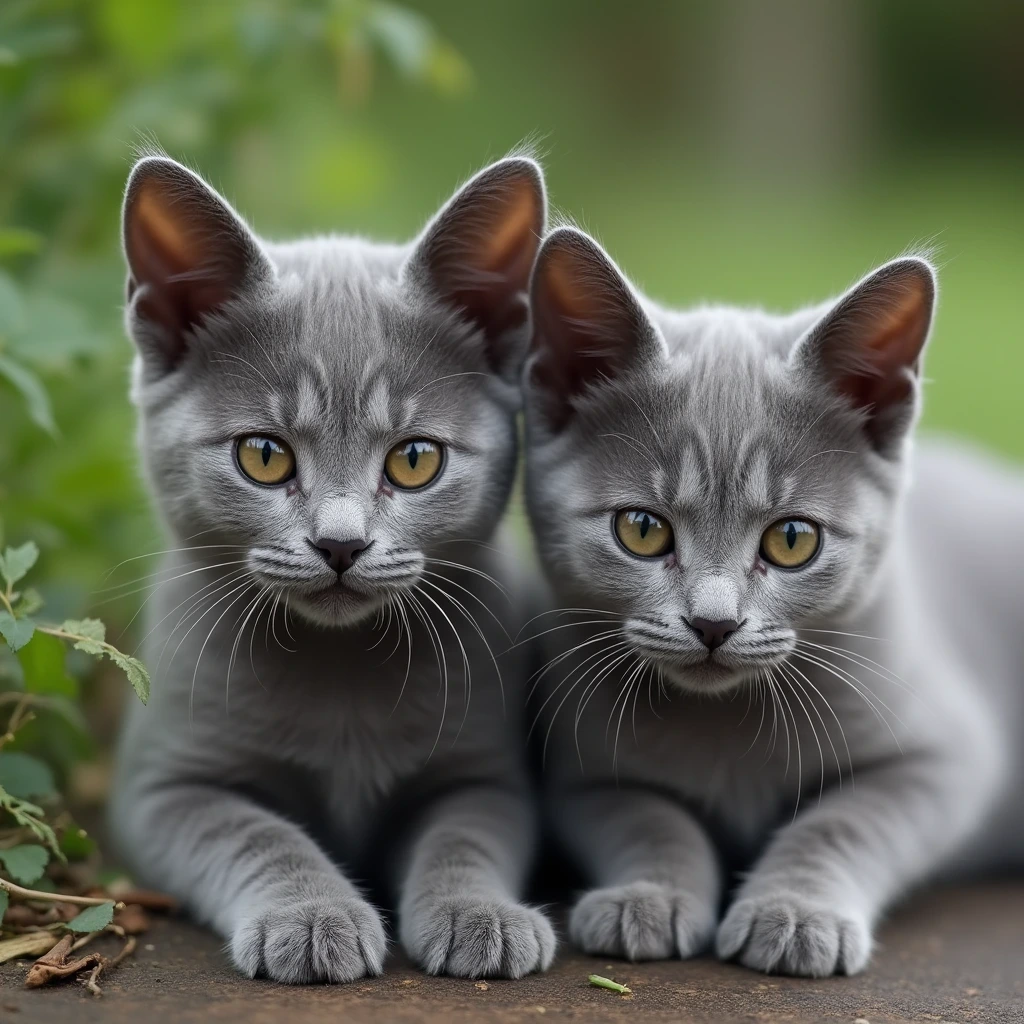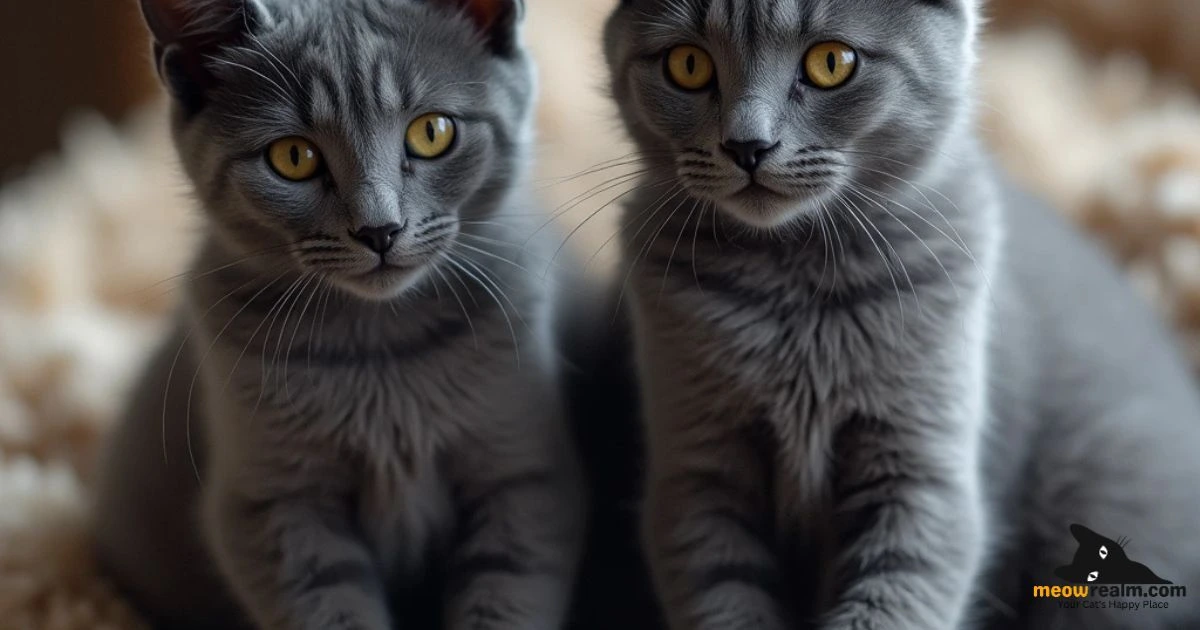Imagine owning a cat with a striking blue-gray coat that gleams softly in the sunlight. These elegant felines, known for their mysterious allure and unique beauty, often captivate the hearts of cat lovers. Whether you already have one or are considering bringing one into your home, understanding what makes blue cats so special can deepen your appreciation for them. This article will take you through everything you need to know about blue cats, from popular breeds to care tips, helping you make the most informed decisions about these gorgeous companions.
Table of Contents
What Are Blue Cats? An Overview
You might be wondering, what exactly are blue cats? The term “blue” refers to the stunning blue-gray color of their coat, which results from genetic traits that dilute black fur into a silvery, grayish-blue hue. While some might assume that “blue cats” refers to a specific breed, the truth is that multiple cat breeds can possess this beautiful coat. The genetic variation responsible for their bluish tone gives them a distinct, almost ethereal appearance that sets them apart.

Common Blue Cat Breeds:
- Russian Blue: Known for its plush, velvety double coat and bright green eyes.
- British Shorthair: This breed is renowned for its sturdy body, round face, and calm temperament.
- Chartreux: A rare breed originating from France, with bright copper eyes and muscular build.
- Korat: Hailing from Thailand, these heart-shaped-faced cats are symbols of prosperity and good luck.
Each of these breeds carries its own unique characteristics, but they all share the iconic blue coat that makes them so special.
Popular Blue Cat Breeds and Their Unique Traits
Russian Blue
The Russian Blue is perhaps one of the most well-known blue cat breeds. With its shimmering silver-blue fur and emerald green eyes, this breed is not only beautiful but also hypoallergenic, making it a great choice for those who may suffer from allergies. Russian Blues are typically reserved, gentle, and highly intelligent, making them great companions for quieter households.
British Shorthair
If you’re looking for a laid-back, loyal companion, the British Shorthair may be the blue cat for you. Known for its round face, dense coat, and calm demeanor, this breed is incredibly versatile. They’re great for families, singles, and seniors alike. Their blue-gray coat is often complemented by orange eyes, giving them an unforgettable appearance.
Chartreux
Originating from France, the Chartreux is a rare but enchanting breed. With a strong, muscular build and copper or gold eyes, this cat is as striking as it is affectionate. According to legend, these cats were once bred by Carthusian monks, making them historically significant in addition to their physical beauty.
Korat
The Korat is a lucky symbol in its native Thailand, often given as a gift to bring prosperity. Its heart-shaped face, large green eyes, and short, silvery-blue coat make it a visually stunning breed. Korats are affectionate, intelligent, and form deep bonds with their owners, making them perfect for someone looking for a close feline companion.
What Makes Blue Cats So Special?

One of the reasons blue cats stand out is their stunning appearance. Their unique blue-gray coats can reflect light in a way that makes them shimmer, giving them a magical, almost otherworldly look. In addition to their physical beauty, blue cats often have rich histories and cultural significance. For example, the Russian Blue is believed to have been the pet of choice for Russian royalty, while the Korat is considered a symbol of good fortune in Thailand.
Blue cats also tend to have distinct temperaments. Many breeds with blue coats, like the Russian Blue or British Shorthair, are known for their calm, composed personalities. This makes them ideal pets for those who want a serene, low-maintenance companion.
How to Care for Your Blue Cat: Grooming and Health Tips
Blue cats are not just beautiful; they also require specific care routines to keep their coats in top condition. Regular grooming is essential, especially for breeds like the Russian Blue, which has a dense double coat that can mat if not brushed regularly. For short-haired breeds like the Chartreux or Korat, grooming is less intensive, but you should still brush them weekly to reduce shedding and keep their fur shiny.
Health Considerations:
- Russian Blue: Prone to bladder stones, so a diet with a good balance of moisture is key.
- British Shorthair: May be susceptible to obesity, so portion control and regular exercise are important.
- Korat: Tends to have sensitive respiratory systems, so a dust-free environment is ideal.
Grooming Tips:
- Use a soft bristle brush for short-haired blue cats and a slicker brush for those with dense coats.
- Bathe them sparingly—once every few months is enough, as overbathing can strip their fur of natural oils.
Best Diet for Blue Cats: Recipes for a Healthy Coat
Just like with any pet, a proper diet is crucial for keeping your blue cat healthy and happy. A balanced diet that includes protein-rich foods and omega-3 fatty acids can do wonders for maintaining their coat’s luster.
Recipe Ideas:
| Ingredient | Benefits |
|---|---|
| Salmon | Rich in Omega-3 for a shiny coat |
| Chicken | High in protein for muscle health |
| Sweet Potatoes | Source of fiber and antioxidants |
| Spinach | Provides essential vitamins |
| Pumpkin | Helps with digestion |
Try incorporating these ingredients into your cat’s diet for a healthier, shinier coat. You can make simple meals at home using fresh ingredients or look for cat foods that feature these components.

Are Blue Cats Hypoallergenic?
One of the most frequently asked questions about blue cats is whether they are hypoallergenic. While no cat breed is entirely hypoallergenic, Russian Blues are known to produce fewer allergens compared to other breeds. The protein Fel d 1, which is found in a cat’s skin, saliva, and urine, is the primary allergen for humans. Russian Blues tend to produce less of this protein, making them a better option for allergy sufferers.
Frequently Asked Questions (FAQs)
Are blue cats rare?
Blue cats are relatively rare, especially breeds like the Korat and Chartreux. However, some, like the Russian Blue, are more common.
What’s the best breed of blue cats for families?
The British Shorthair is highly recommended for families due to its calm, gentle nature and low maintenance needs.
How do you maintain the shiny coat of a blue cat?
Regular grooming, a healthy diet rich in omega-3 fatty acids, and the occasional bath will help keep your blue cat’s coat in tip-top shape.
Blue cats are captivating creatures that bring beauty, calmness, and even a bit of history into your life. Whether you’re looking to adopt a Russian Blue for its hypoallergenic qualities or a Korat for its affectionate nature, these cats will surely make a unique and cherished addition to your home. Take the time to understand their care needs, appreciate their stunning coats, and enjoy the loving companionship they offer.

